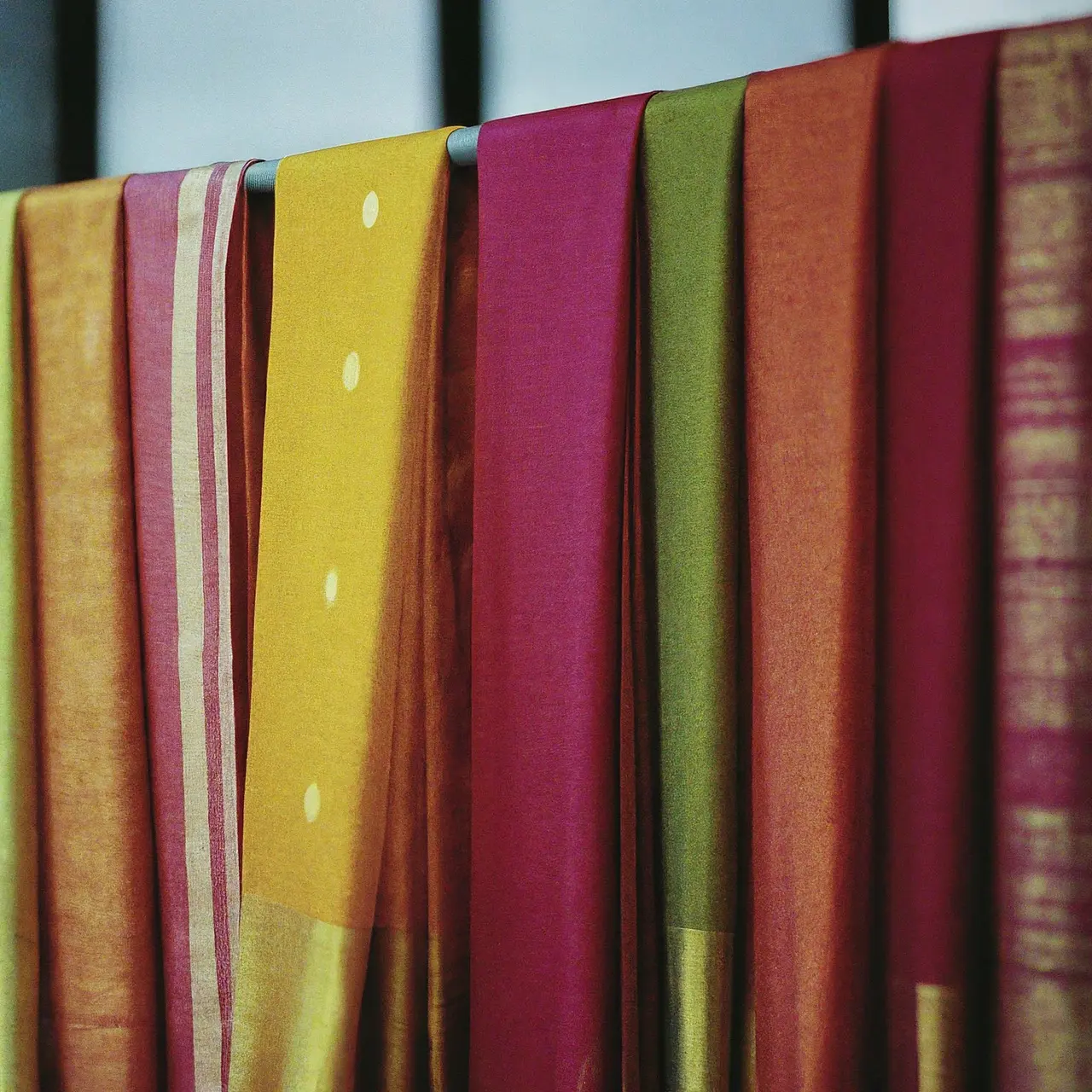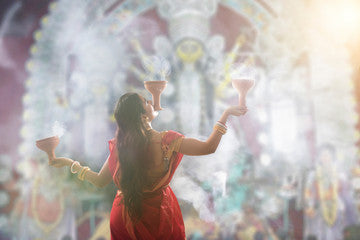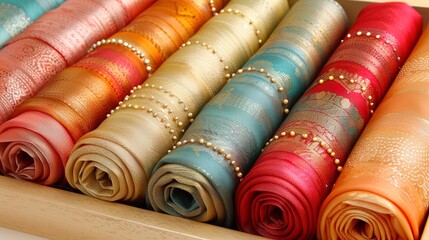The Art behind Handloom Sarees: Understanding the Craftsmanship
Draped in tradition, handloom sarees embody the essence of cultural heritage and bespoke craftsmanship. Each weave tells a story of generational skill, meticulous design, and the vibrant culture of India. This blog will unravel the threads of history, technique, and artistry that make handloom sarees a symbol of elegance and timeless beauty.
The historical roots of handloom sarees
The art of weaving handloom sarees has persisted through centuries, originating in the cradle of ancient civilizations where they were not merely garments but a display of one’s status and creativity. Every region developed its distinct style, inspired by local culture, mythology, and environment, thereby creating a rich tapestry of designs that continue to evolve.
Historically, the craft of saree weaving was a closely guarded family secret, passed down from one generation to the next. The weavers, often revered for their skills, played a vital role in the social and economic fabric of their communities, supplying woven wonders for both the courts of royalty and the masses.
The intricate process of weaving a handloom saree
Weaving a handloom saree is a labor of love and patience, often requiring weeks or even months to complete. The journey begins with the selection of fibres, which are then spun into threads. These threads are dyed, often using natural dyes, and then loaded onto the loom, where the weaver’s skilled hands bring the saree to life, one thread at a time.
The complexity of motifs woven into each saree can dictate the duration and difficulty of the weaving process. Traditional designs often incorporate floral patterns, religious symbols, and depictions of nature, requiring precise technique and years of experience to master.
In a world that increasingly values speed over skill, the slow crafting process of handloom sarees stands as a testament to the dedication and artistry of the weavers. Each saree, with its unique patterns and colors, narrates a story of meticulous craftsmanship.
Regions and their unique handloom saree styles
India’s diverse geographical and cultural landscape has given birth to a plethora of handloom saree styles, each region boasting its signature weave. From the Banarasi sarees of Varanasi, known for their gold and silver brocade, to the vibrant colors and patterns of the Patola sarees from Gujarat, the variety is endless.
Another notable example is the Kanjeevaram saree from Tamil Nadu, revered for its high-quality silk and intricate designs, often inspired by temple architecture and mythology. Similarly, the delicate and airy Jamdani sarees of West Bengal are prized for their feather-light weight and elegant motifs.
The significance of motifs and colors in handloom sarees
In the realm of handloom sarees, motifs and colors are not random but carry deep symbolic meanings. Motifs like the mangalagiri, peacock, and lotus are deeply rooted in Indian culture, representing prosperity, love, and purity. The choice of colors too is significant, with red symbolizing marriage and fertility, and green denoting new beginnings and harvest.
Over time, these motifs and colors have evolved, blending traditional meanings with modern aesthetics to cater to contemporary tastes without losing their cultural essence. This evolution showcases the adaptive nature of handloom sarees, making them timeless pieces of art.
Contemporary influences and the future of handloom sarees
As fashion ebbs and flows, so do the trends in handloom sarees. Contemporary designers are weaving the traditional with the modern, infusing new life into ancient practices. Innovations in design and technique are making handloom sarees more accessible and appealing to a global audience.
The future of handloom sarees lies in striking a balance between preservation and innovation. Ensuring sustainable practices and fair wages for weavers will be crucial in maintaining the legacy of handloom sarees. As awareness grows, more people are drawn to these sarees for their ethical production and unique story, promising a vibrant future for this age-old art form.
Weaving the Future
Handloom sarees are not just attire but a canvas where the weaver’s imagination meets tradition in a colorful and intricate dance. As we look towards the future, these sarees carry the promise of sustaining cultural heritage, supporting artisan communities, and continuing to enchant with their beauty. Embracing handloom sarees is embracing a piece of art that wraps around not just the body but also the soul.






